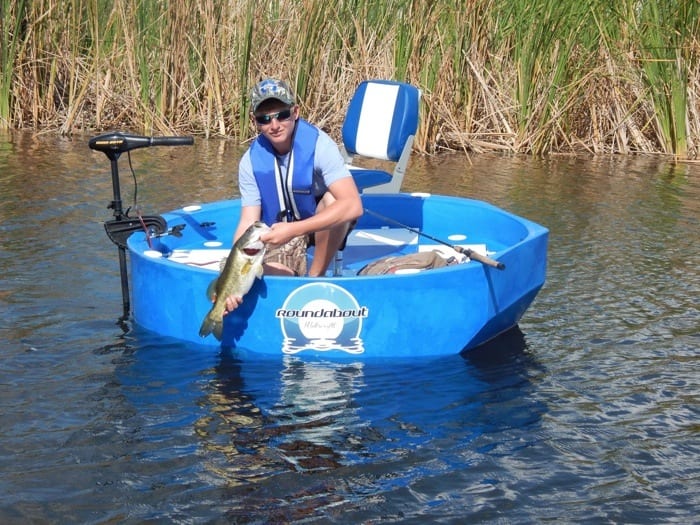
Suddenly finding yourself adrift at sea is a fate worse than death. Preparedness is essential for any boater, whether you’re navigating known coastlines or mapping uncharted isles. Recently, Aldi Novel Adilang found himself adrift at sea for 49 days. He wouldn’t have survived the experience if it wasn’t for preparedness.
The Three Basics
No boater should set out without a safety vest, signaling devices (audible and visible), and drinking water. Those who navigate the seas without these indispensable objects may be subject to fines or worse.
1. PFD’s
Life vests are a crucial element of a boater’s arsenal. This life-saving apparatus, abbreviated as PFD (Personal Flotation Device) was invented during 1928 by Peter Markus. At the time it was referred to as the Mae West; in homage to the actress’s physical attributes. This ingenious invention keeps a boater afloat whether they are conscious or unconscious. Legally speaking, some of the regs include:
“All recreational vessels must carry one wearable life jacket for each person on board. Any boat 16 feet and longer (except canoes and kayaks) must also carry one throwable (Type IV) device.
All PFD’s must bear the USCG Approval label.”
2. Signaling Devices
Signal devices, such as a whistle, air-horn, battery operated USCG approved light, and flares may be the most important element of a boater’s arsenal.
Scenario: power fails, the radio is as useful as a brick and thick fog is rolling in.
However, most of these aforementioned signaling devices require no electricity and can be seen or heard by passing boats. They are an audible or visual form of S.O.S. Legally speaking, some of the regs include:
“Vessels operating on U .S. coastal waters, the Great Lakes, and territorial seas, as well as those waters connected directly, up to a point where the waterway is less than two nautical miles wide, must be equipped with U .S. Coast Guard-approved visual distress signals (VDS) . Vessels owned in the United States and operating on the high seas must also be equipped with U .S. Coast Guard-approved visual distress signals.
The following vessels are not required to carry day signals, but must carry night signals when operating from sunset to sunrise:
• Recreational boats less than 16 feet in length.
• Boats participating in organized events, such as races, regattas,
or marine parades.
• Open sailboats less than 26 feet in length that are not equipped with propulsion machinery.
• Manually propelled boats”
3. Drinking Water
Drinking water is indispensable and a paramount element of a boater’s arsenal. Samuel Taylor Coleridge penned the lines:
Water, water everywhere,
Nor any drop to drink.
In The Rime of the Ancient Mariner, in an epic poem about becoming adrift at sea. The saline nature of ocean water makes it caustic, drinking it merely causes further dehydration. Moreover, the human body can go a week without water, but not without going mad.
Conclusion
Finding yourself adrift atop the brine is a fate worse than death. There is a multitude of survival & safety items that are available on the market for every boater. This includes personal locator beacons, satellite messengers, VHF radios, food rations, GPS navigation, your smartphone, and more. But to have these three basics: a life vest for each passenger, a signaling device, and a water supply; your survival chances are far greater than without. These basic items can be easily carried and stored in any watercraft and should not be ignored.
More Info:
A detailed pdf from USCGBoating.org: View

